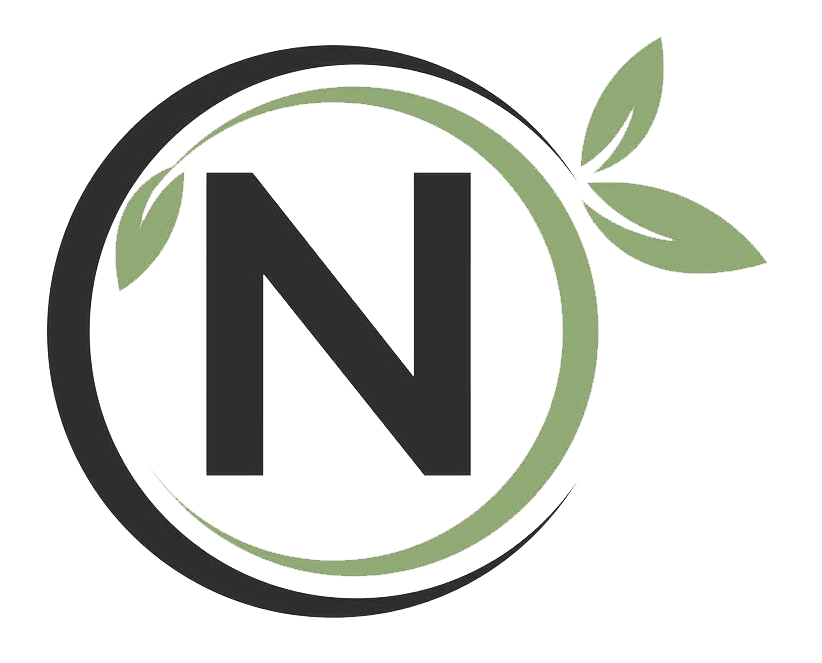
INTERESTING NEWS
Royal Canadian Legion - Poppy Lawn Ornament
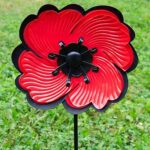 The Royal Canadian Legion says: “This metal Poppy ornament is a perfect way to express your commitment to the message of Remembrance all year round. It measures at 9” wide and is mounted on a 27” post that can be sunk into the ground. . . . The post also separates into 3 pieces, allowing for convenient storage when it is not being used..” Available here. April, 2024
The Royal Canadian Legion says: “This metal Poppy ornament is a perfect way to express your commitment to the message of Remembrance all year round. It measures at 9” wide and is mounted on a 27” post that can be sunk into the ground. . . . The post also separates into 3 pieces, allowing for convenient storage when it is not being used..” Available here. April, 2024
Canadian Cancer Society Daffodil Month
 April is the Canadian Cancer Society’s daffodil month and everyone is invited to contribute to the fight against cancer. The daffodil was chosen because it is one of the first flowers to appear in the spring and as such symbolizes hope.
April is the Canadian Cancer Society’s daffodil month and everyone is invited to contribute to the fight against cancer. The daffodil was chosen because it is one of the first flowers to appear in the spring and as such symbolizes hope.
Jennifer lost her mother to cancer at a young age. Elizabeth is a cancer survivor and is enormously grateful for all that was done by the Cancer Society to allow her to be alive and kicking today.
To donate, click here. April, 2024
Borrow a Soil Blocker from the Tatamagouche Library
 The Tatamagouche library is lending out large and small soil blocking tools. Make your own seed blocks so you don’t have to use plastic. Wonderful for starting seeds! For more information on soil blocking check out this link.
The Tatamagouche library is lending out large and small soil blocking tools. Make your own seed blocks so you don’t have to use plastic. Wonderful for starting seeds! For more information on soil blocking check out this link.
April, 2024
Canada Post Issues New Flower Stamps
This is what Canada Post has to say about these new stamps:
“Canada Post’s latest stamp issue features two native wildflowers that are important sources of food for a variety of pollinators, including hummingbirds, butterflies and bees.
The brilliant blossoms of butterfly milkweed (Asclepias tuberosa) and spotted beebalm (Monarda punctata) become heavy with nectar and pollen, attracting hungry insects and birds. Those pollinators play a crucial role in fertilizing plants, including fruit trees and other agricultural crops.
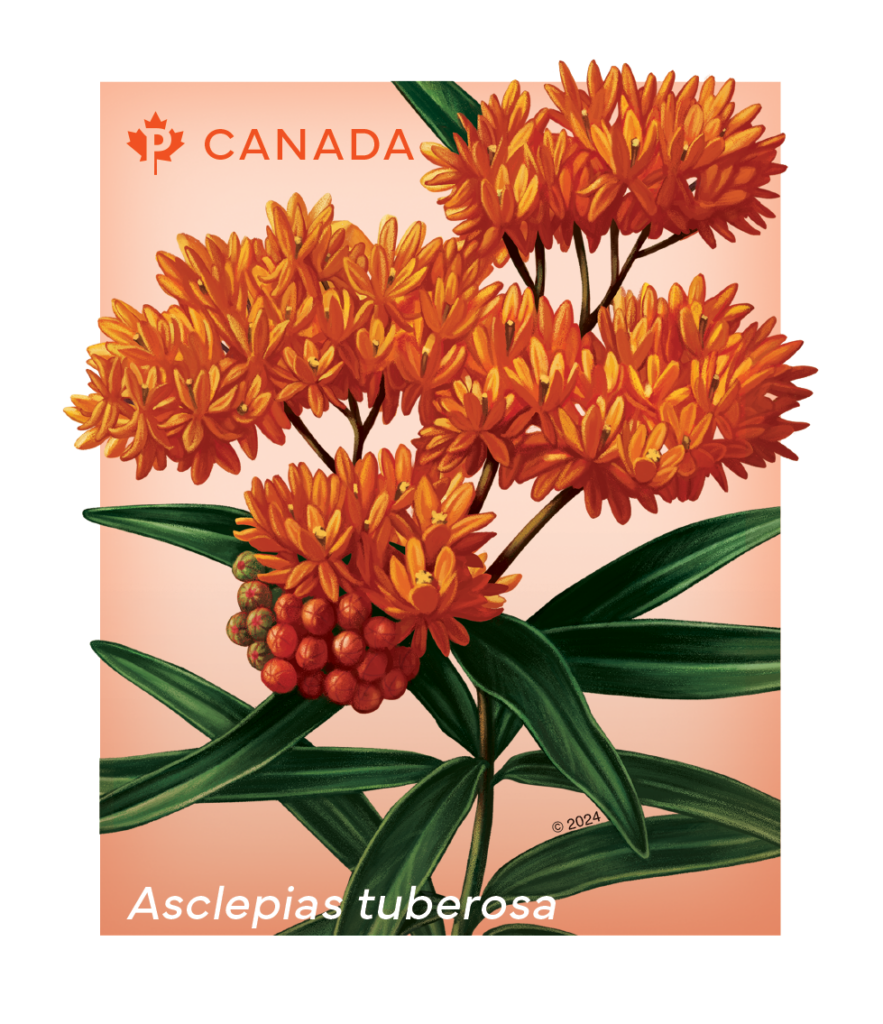

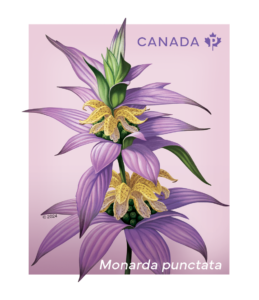
Both plants are perennial herbs that can grow up to a metre tall. The glossy leaves of butterfly milkweed, and the leaves of other milkweeds, are the sole source of food for monarch butterfly caterpillars. These striking pollinators are affected by deforestation, climate change and the loss of native plants along their migratory corridors.
A fragrant member of the mint family, spotted beebalm is known for its unique and intricate whorls of purple-spotted, tubular flowers that alternate with rings of white-to-purple leaf bracts along its upper stem.
In Canada, spotted beebalm and butterfly milkweed are native only to certain regions of southern Ontario and southwestern Quebec. In Quebec, these wildflowers are designated as threatened and protected by law.
March 2024
Snakes – How Wonderful They Are In the Garden!
These pictures were published on Facebook in March 2021, and are appearing again this year.
The “snake” man is Pete Freckelton from the Annapolis Valley.
Here’s what he has to say about our five native snakes and their usefulness in the garden:
“As our native snakes emerge from their winter dens to bask & mate over the next couple of months, I just want to
remind you that ALL of our local snakes are entirely harmless, and all fill a vital role in our ecosystem.

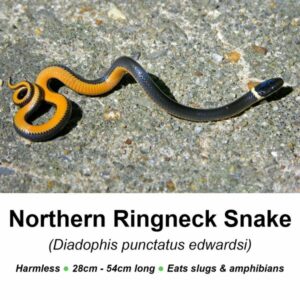
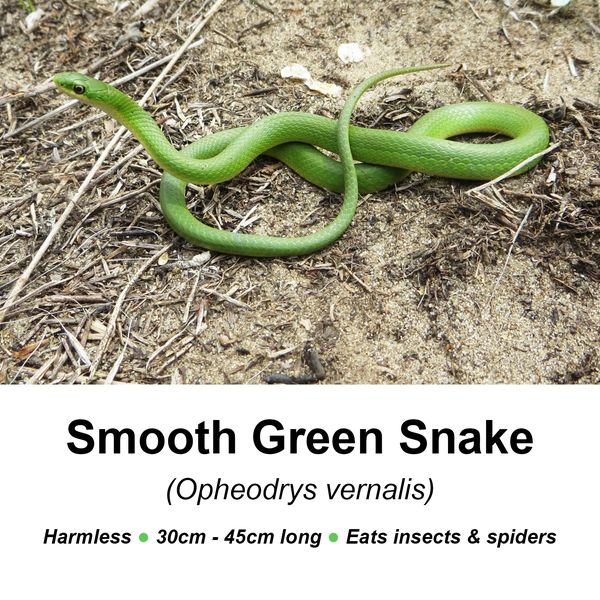
Our little redbelly & ringneck snakes feed almost exclusively on slugs, providing important pest control for NS fruit-growers. Our gorgeous smooth green snakes hunt a wide array of invertebrates, including pest insects and spiders.
Our largest & most common native snake, the Maritime garter, eats mostly amphibians, but will also make short work of rodent young on your property.
Garters, along with the much rarer Northern (Eastern?) ribbon snake, also help keep frog populations in-check so they remain healthy & thriving.
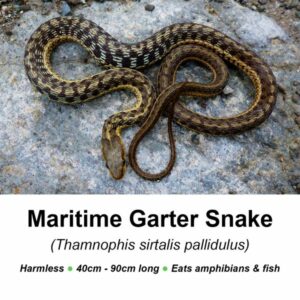

“There are NO venomous snakes in Nova Scotia, and all of our native species provide important services for us.
Leave them alone, and they’ll leave you alone. . . . BUT, even if you managed to terrify a local snake into biting you, most couldn’t even break your skin, and those that could, can’t do much more than make a few pinpricks. Nova Scotia snakes can’t hurt you. . . .
If a snake absolutely needs to be moved, just move it. . . . There are no fancy tools or special holds required to handle a NS snake. . . . I just pick it up, plop it in an old pillowcase, and gently release it somewhere nearby. They just want to get away from you.
Just for Pete’s sake, don’t kill any of our snakes!” March, 2024
